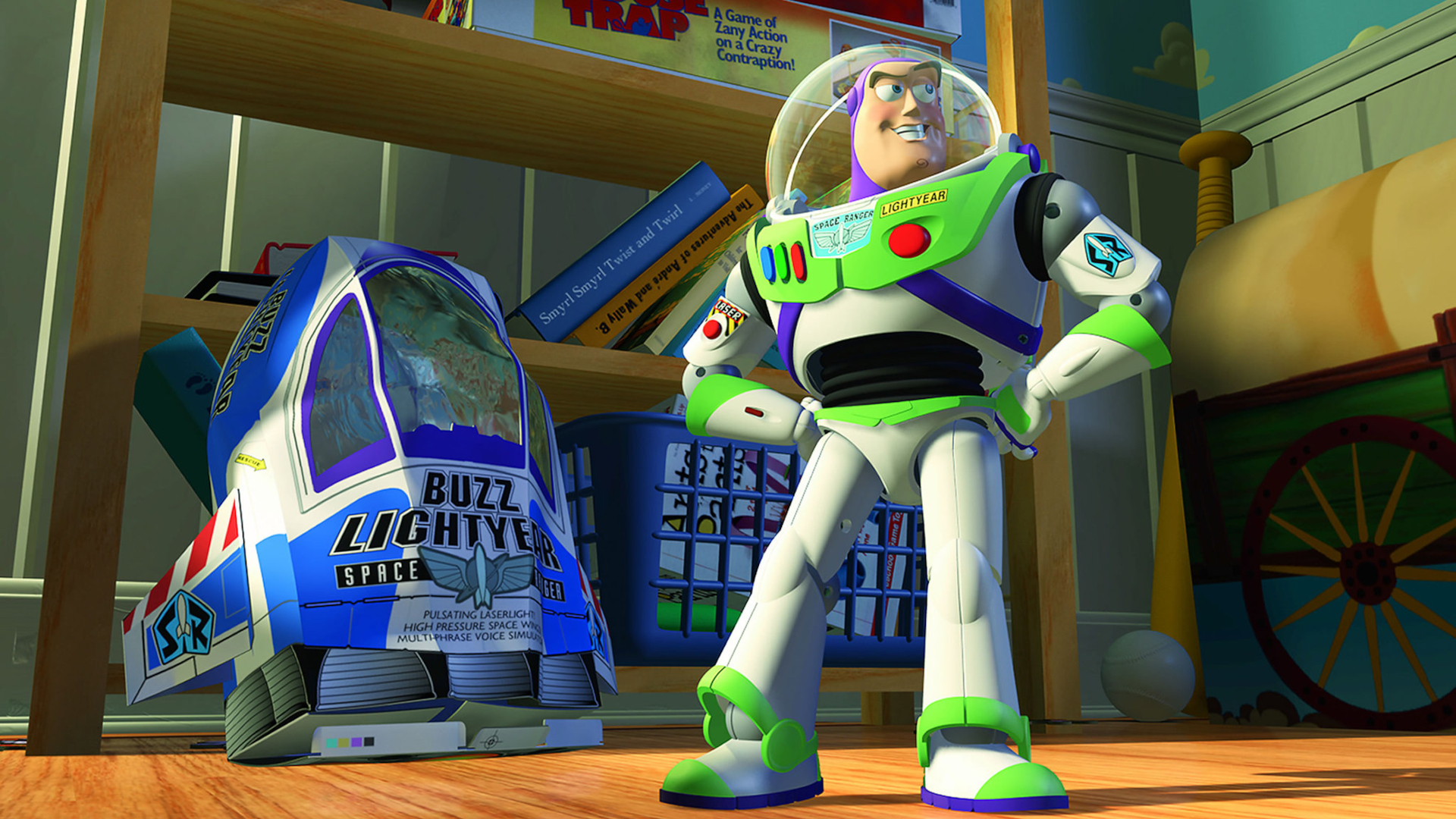'Doghouse' days of summer — Boeing's Starliner won't fly again until 2026, and without astronauts aboard
As NASA continues work to find a fix for the thruster issues that have afflicted Boeing's Starliner astronaut taxi, chances are high that the spacecraft's next mission will be uncrewed.
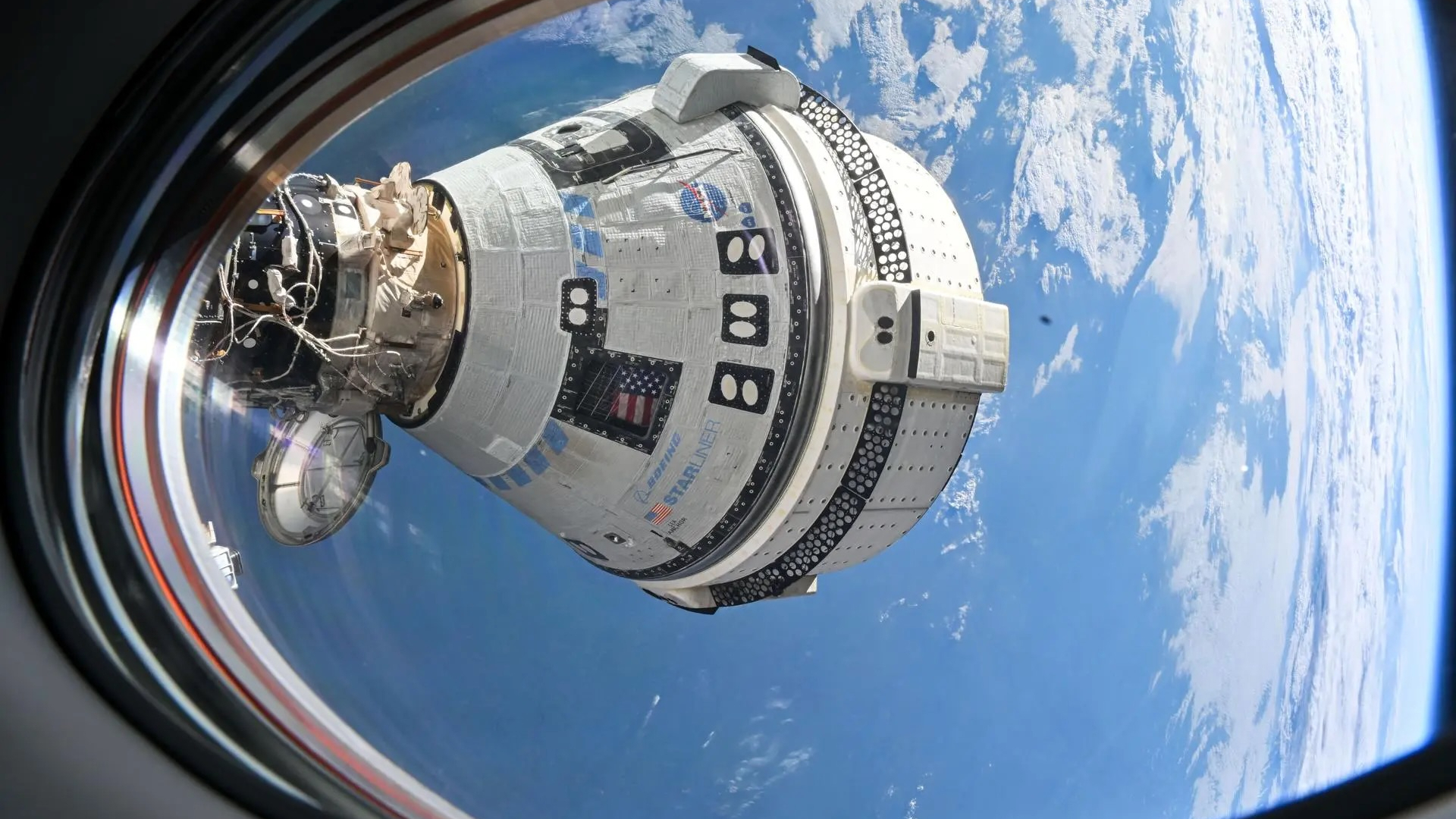
Traffic at the International Space Station (ISS) is busy, with spacecraft coming and going almost every few weeks recently. Astronauts with the private Ax-4 mission undocked early July 14 to make way for SpaceX's upcoming Crew-11 mission for NASA, a SpaceX Cargo Dragon left the station at the end of May, and a Russian Progress cargo spacecraft arrived July 5, with its predecessor set to depart next month.
By the end of the year, nearly a half-dozen other spacecraft will launch to the ISS, delivering crew, cargo, research and technology demonstrations. It's one of the busiest eras the orbital laboratory has ever experienced, as recent years, especially, have seen a high increase of activity. But absent from the mix of shuffling spacecraft, at least for the rest of 2025, is Boeing's Starliner.
The last update provided about the stalled but stalwart space capsule announced a suite of tests set for this summer at NASA's White Sands Test Facility in New Mexico. NASA and Boeing had hoped to have those tests completed and fixes determined to ready Starliner for another flight by the end of this year, but that timeline seems to have slipped. NASA officials say they are now working toward the goal of launching Starliner again no sooner than early 2026.
Starliner launched on its first astronaut mission, known as Crew Flight Test (CFT), in June 2024, carrying NASA astronauts Sunita "Suni" Williams and Butch Wilmore to the ISS on a mission expected to last about a week. It wasn't the spacecraft's first flight — Starliner launched on two uncrewed orbital flight tests (OFTs), one in 2019 and the other in 2022. OFT-1 was meant to dock with the ISS, but a software anomaly led to an incorrect orbital insertion burn that prevented the rendezvous altogether. A few inflight hiccups notwithstanding, OFT-2 addressed the issues of its predecessor mission, reached the ISS and successfully paved the way for the spacecraft's first flight with astronauts onboard.
On their way to the ISS, Williams and Wilmore put Starliner through its paces, performing a series of maneuvering tests before its final approach and docking with the space station. Unfortunately, their shakedown cruise was a little too shaky.
Four protective enclosures known as "doghouses" are mounted around the perimeter of Starliner's service module. Each contains a cluster of reaction control system (RCS) thrusters used for attitude control and fine maneuvering. Starliner's OMAC (Orbital Maneuvering and Attitude Control) thrusters are also located within the doghouses. Both systems use helium pressurization and the same propellants delivered through a shared network of feed lines and valves, creating a complex and interconnected system within each housing.
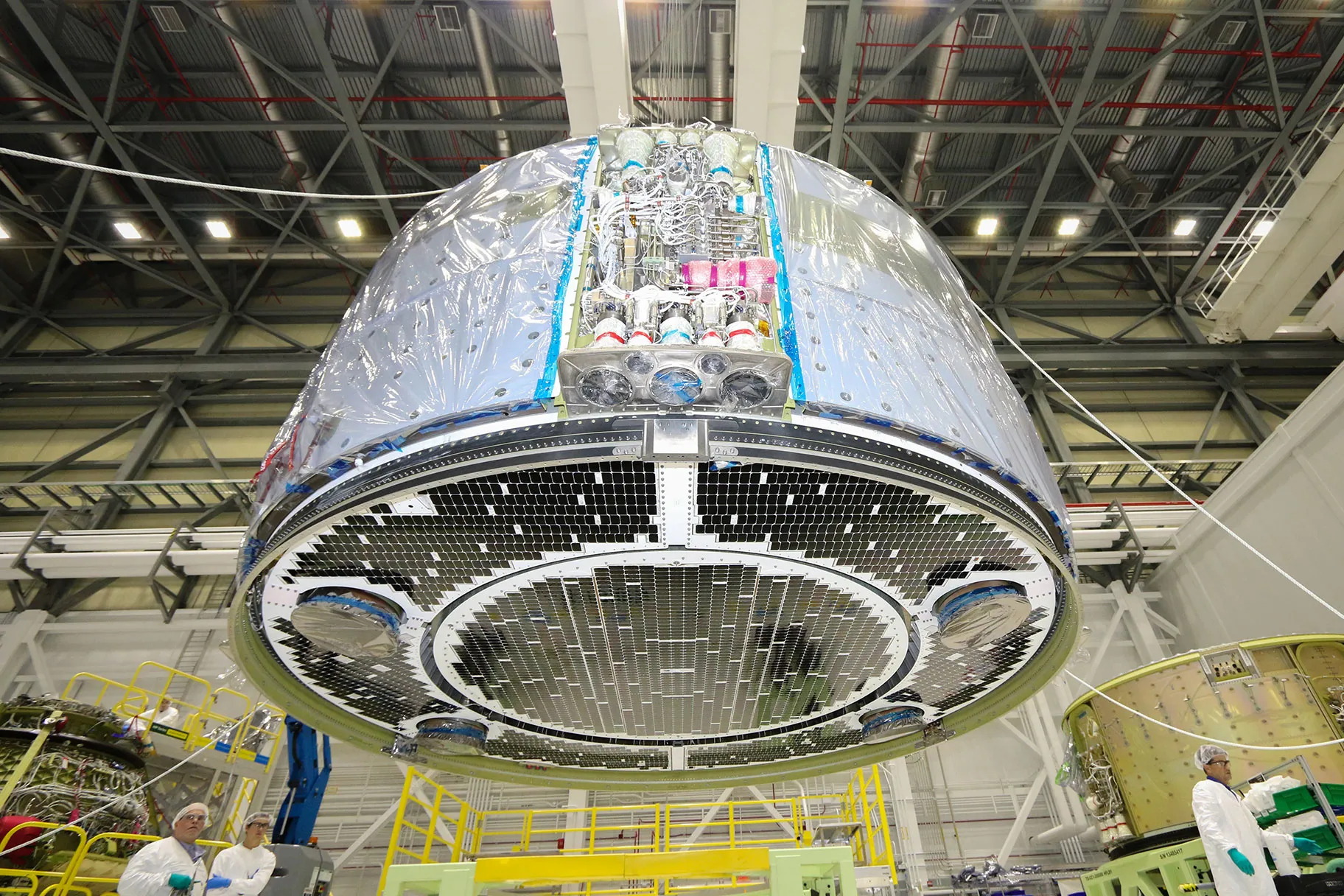
Once CFT was on orbit, Starliner experienced multiple helium leaks traced to components within these doghouses, as well as the in-flight failure of five out of its 28 RCS thrusters. As a result, Williams and Wilmore's stay aboard the ISS was extended multiple times while NASA and Boeing troubleshot the issues from the ground. Out of an abundance of caution, the decision was ultimately made to return Starliner to Earth without the astronauts aboard.
Breaking space news, the latest updates on rocket launches, skywatching events and more!
Starliner's return happened without incident in September, with the spacecraft successfully parachuting down for an uncrewed landing in White Sands, New Mexico. (NASA would later indicate that the CFT crew would have been fine returning on Starliner, but, as with all things space, better safe than sorry.) Meanwhile, Williams and Wilmore were absorbed into the ISS long-term crew rotation and made part of SpaceX's Crew-9 mission and ISS Expeditions 71/72. They returned with the two otherCrew-9 astronauts aboard SpaceX's Crew Dragon Freedom in March, their one-week orbital stay coming to an end more than eight months later than originally expected.
By then, NASA and Boeing had performed extensive analyses of the issues inside Starliner's doghouses and slated the affected components for evaluation at NASA's White Sands testing facility this summer.
"We know that we get some permeation of oxidizer vapor across [the thrusters], and the seal that we had was not very robust for oxidizer exposure," explained Steve Stich, NASA commercial crew program manager, during a press briefing on July 10. "We have various materials and tests right now to improve that seal on the helium interface at the flange of the thruster."
Those tests will help determine a new material for use to prevent those leaks in the future and to provide better insulation from the doghouses' other components and thrusters. To better understand the effects of temperature swings within the doghouses, NASA is performing a series of "pulse trains" designed to cycle through a sequence of thruster burns at varying intensities and frequencies.
"We're learning a lot about the differences in the oxidizer valve temperatures," Stich explained. "The thruster has [oxidizer] that comes in on one side and fuel that comes in the other. We're learning a lot about the differences in those temperatures as a function of pulse training."
Those tests are designed to inform thermal models for an integrated doghouse test at White Sands, which is expected to begin sometime near the end of next month, according to Stich. "That'll involve a series of RCS thrusters being fired at the same time as our OMAC orbital maneuvering thrusters to understand the heat going into that doghouse," he said.
Some improvements to Starliner's doghouses have already been made, Stich indicated, including thermal modifications like the addition of a shunt and other barriers designed to prevent heat from the OMACs radiating back into the housing cluster. "So, we're making a lot of progress in understanding the thermal performance. These will build the informed thermal modeling," Stich said.
As for when Starliner might make its way back to the launch pad, it seems 2025 is no longer on the table. "We really are working toward a flight as soon as early next year," Stich said. He added, however, that NASA is hoping to begin crew rotation flights "no earlier than the second rotation spot at the end of next year."
NASA crew rotations aboard the ISS typically last six to eight months, lining up two launches per year to ferry astronauts to and from the orbital laboratory. Slating the first crewed, operational Starliner mission for the end of 2026 likely means the spacecraft's next launch won't include any astronauts aboard. "There's a strong chance we'll fly a cargo flight first," Stich said.
"What we're really looking at is, can we test all the changes that we are making, to the doghouses in particular, and would we want to validate those in flight first?" he explained.
NASA has been eager for Starliner to gain its crew certification. Both Starliner and SpaceX's Crew Dragon were chosen for development in 2014 under the space agency's Commercial Crew Transportation Capability contracts, with the intent of introducing redundant access to low Earth orbit (LEO) for the United States through at least 2030, around when the ISS is expected to be officially decommissioned.
Beginning with its cargo variant, SpaceX evolved Dragon into a crew-capable spacecraft and began flying astronaut missions to the space station in 2020. Dragon's eleventh operational NASA crew launch is slated for the end of July. Even with SpaceX's success, though, NASA still sees Starliner as a critical part of the agency's human spaceflight goals in LEO.
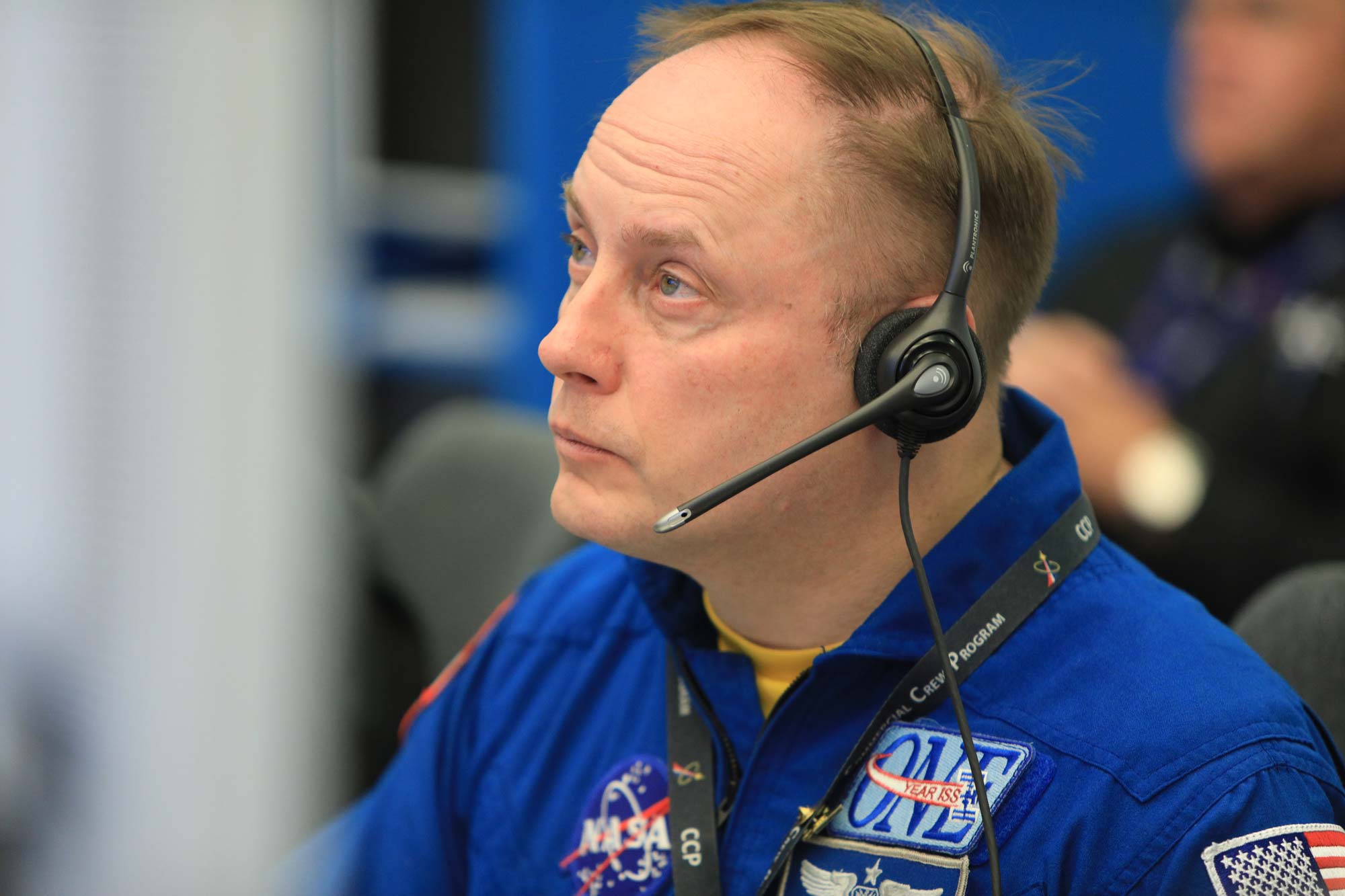
"Even SpaceX is cheering on Starliner," NASA astronaut Mike Fincke told Space.com. "The more ways we have to get to space, the more people can fly in space, the better it is for our country," he said.
Fincke will serve as mission pilot for Crew-11 when it launches this summer, but his spot as part of the next SpaceX crew was solidified, in part, because of the delays Starliner has faced over the last several years. He was originally assigned to fly as pilot for Starliner-1, and he has therefore trained extensively aboard the Boeing spacecraft.
Despite the problems Starliner has faced, Fincke says he would still love to fly aboard the Boeing capsule. "When NASA says it's ready to go fly again with people, I hope they sign me up," he said.
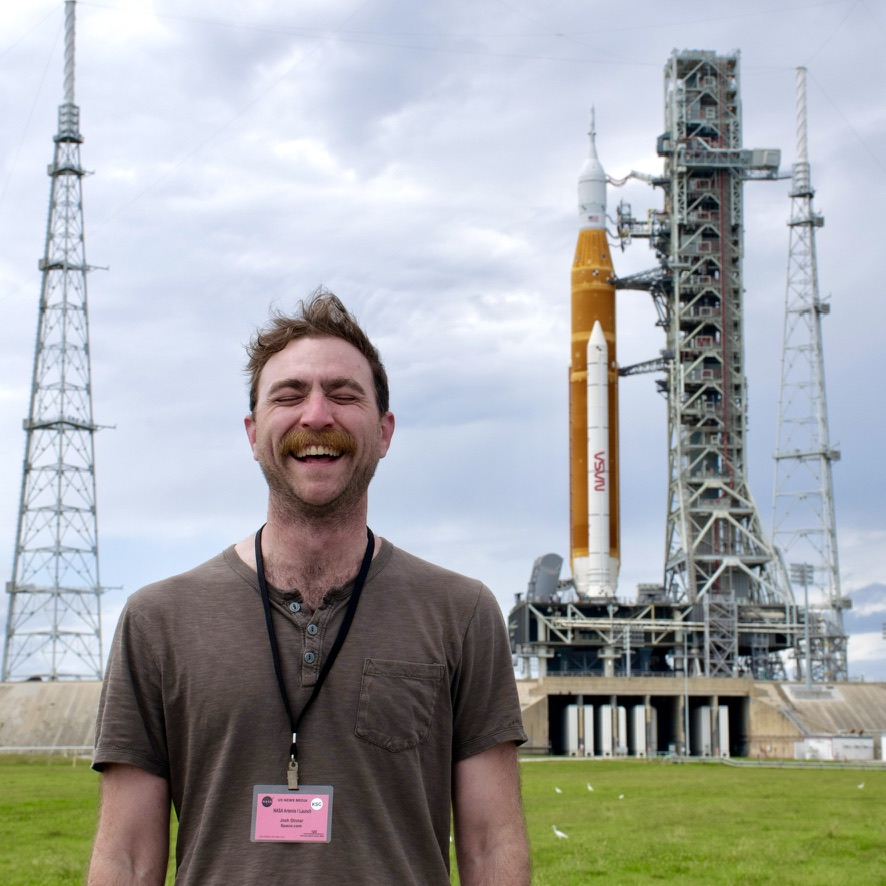
Josh Dinner is the Staff Writer for Spaceflight at Space.com. He is a writer and photographer with a passion for science and space exploration, and has been working the space beat since 2016. Josh has covered the evolution of NASA's commercial spaceflight partnerships and crewed missions from the Space Coast, as well as NASA science missions and more. He also enjoys building 1:144-scale model rockets and human-flown spacecraft. Find some of Josh's launch photography on Instagram and his website, and follow him on X, where he mostly posts in haiku.
You must confirm your public display name before commenting
Please logout and then login again, you will then be prompted to enter your display name.
